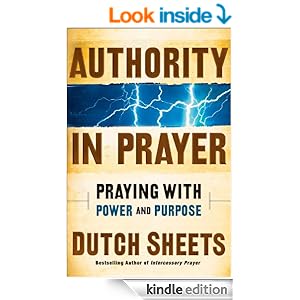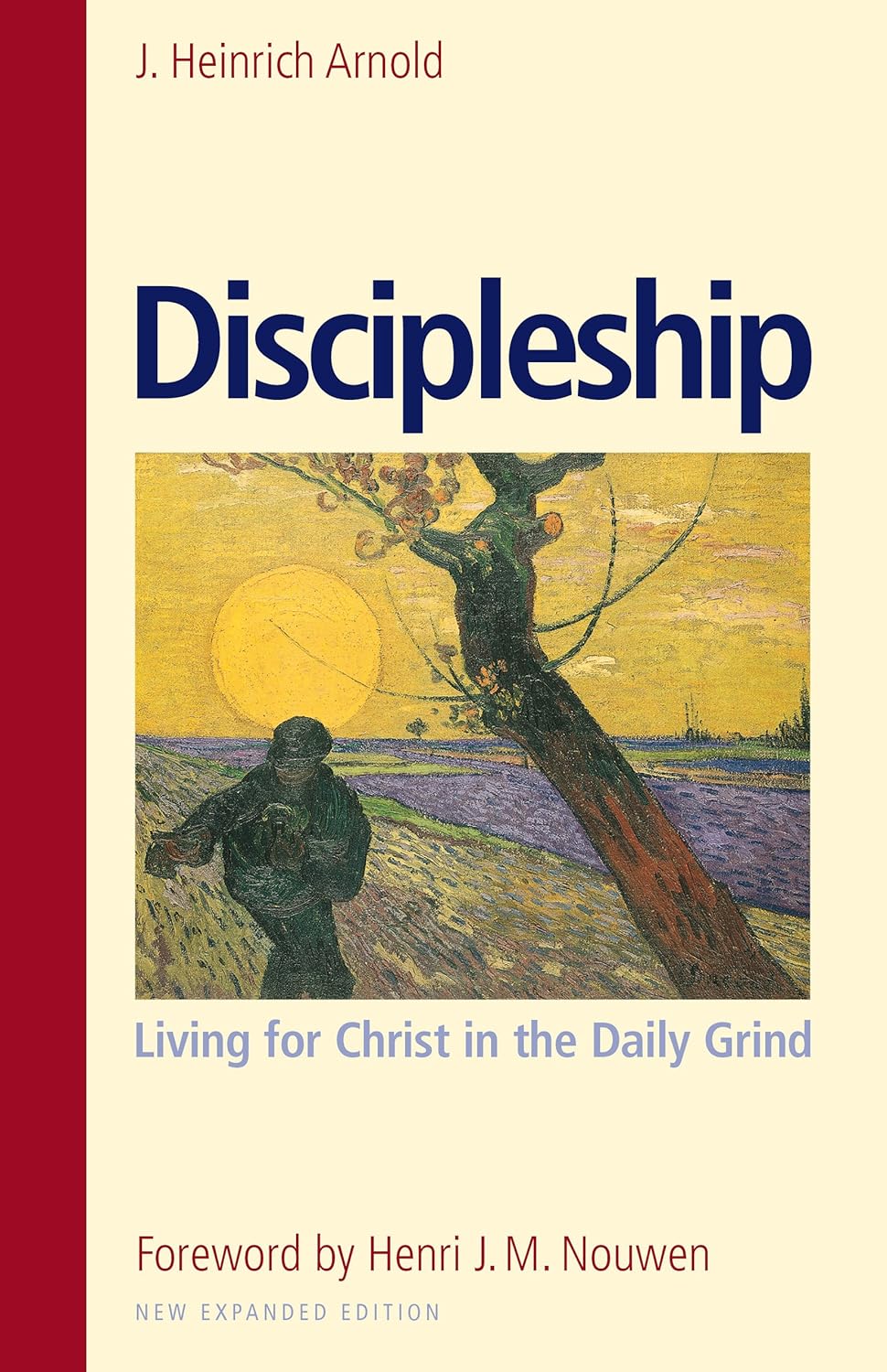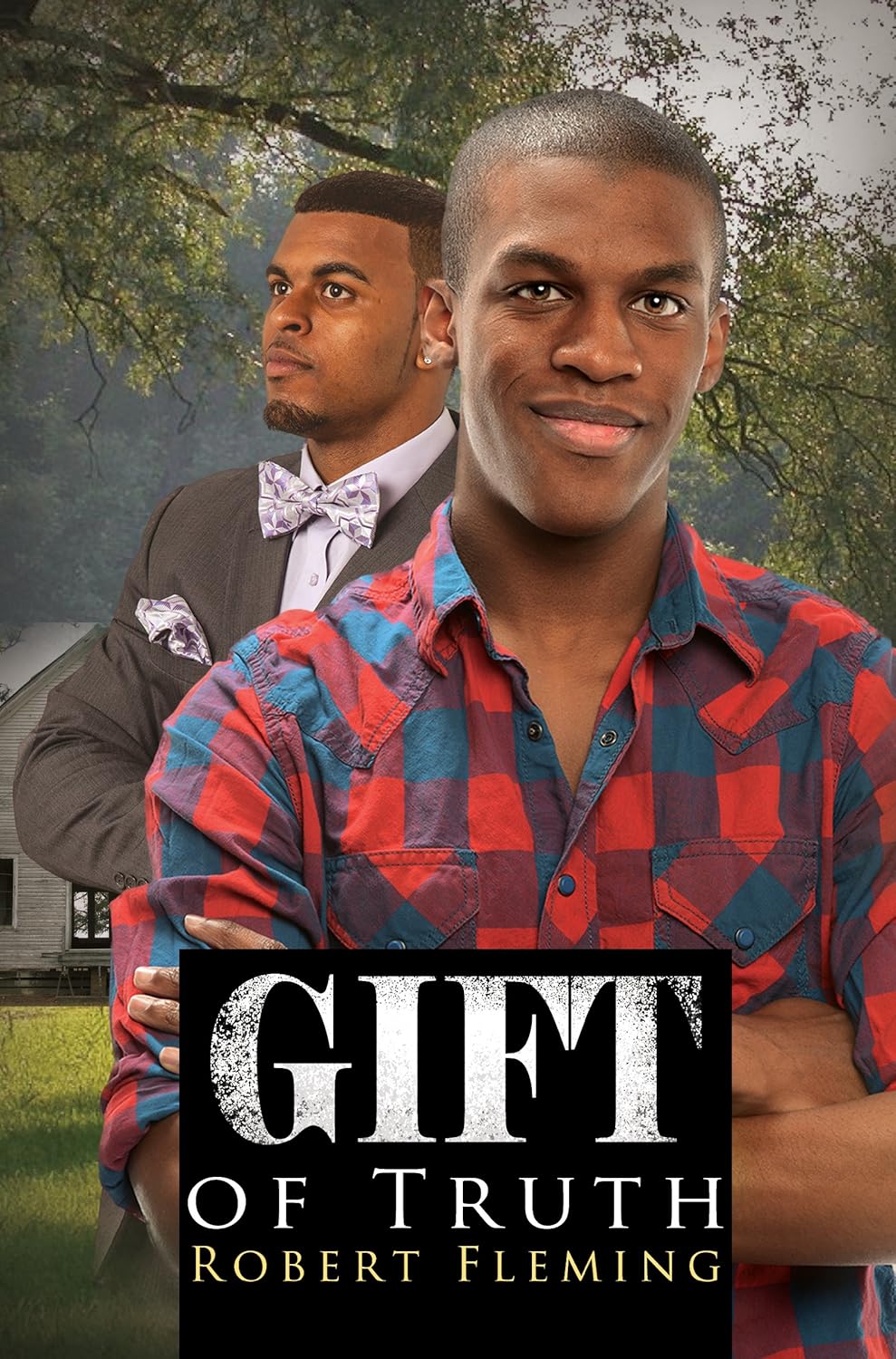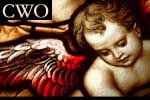Authority in Prayer: Praying with Power and Purpose
by Dutch Sheets
Bethany House
ISBN: 978-0-7642-1173-7
US $15.99
Over the ages, there has been much confusion about “authority” in the Christian church. For many denominations like Roman Catholicism, it implies human hierarchy. For some churches, the word “authority” conjures up ideas of Apostolic Succession. The author of this book is writing about the word for a charismatic, full-gospel, and pentecostal readership. Here the meaning described the Christian believer’s authority over a particular sphere God has given him.
But there is still not a general consensus about how much authority the believer has. Generally speaking, these spheres of authority include authority over certain kinds of physical and mental states such as disease and the power of sin; authority over demons, and authority over certain groups such as family, church, geographic regions.
Dutch Sheets has written a book which shows the Biblical reasons for his belief about authority in prayer. He describes the purpose of God in creating Man, and what was lost when the First Adam fell. There are doctrinal definitions of authority versus power, and Satan’s loss of Authority over certain spheres because of Jesus’ perfect life, death, shed blood, and resurrection. Then he describes how Jesus Christ --the Second Adam-- returned that authority to us. There are also many examples, testimonies, and anecdotes about how authority has helped in the lives of Christians. Some of these examples show Dutch Sheets himself and/or some of his friends working behind the scenes to affect the outcome of the nation. These examples might sound a bit arrogant, far-fetched, wild-eyed, or innocent to readers who don’t believe that God works through people.
But the author appears so humble -- and never states that he alone can use his authority in Christ-- that one can easily believe these testimonies. Those Christians who do not know anything about the authority of Christ might be put off by the fact that someone believes in supernatural answers to prayer. They will also have to put aside some of their Calvinist fatalism or change some of their definition of God’s sovereignty. (The book doesn’t go overboard into dominionism.) Certainly, people raised to believe that suffering is ordained of God and must be patiently endured will have to truly ponder the choice and power inherent in this doctrine of authority.
There is much humor in this book, and it feels like a conversational memoir. There are also Bible verses that explain this doctrine. This is definitely a good book to read if one wants to understand a balanced presentation of the Christian doctrine of authority. Recommended.
I received this book for free in exchange for a fair and honest review.
by Dutch Sheets
Bethany House
ISBN: 978-0-7642-1173-7
US $15.99
Over the ages, there has been much confusion about “authority” in the Christian church. For many denominations like Roman Catholicism, it implies human hierarchy. For some churches, the word “authority” conjures up ideas of Apostolic Succession. The author of this book is writing about the word for a charismatic, full-gospel, and pentecostal readership. Here the meaning described the Christian believer’s authority over a particular sphere God has given him.
But there is still not a general consensus about how much authority the believer has. Generally speaking, these spheres of authority include authority over certain kinds of physical and mental states such as disease and the power of sin; authority over demons, and authority over certain groups such as family, church, geographic regions.
Dutch Sheets has written a book which shows the Biblical reasons for his belief about authority in prayer. He describes the purpose of God in creating Man, and what was lost when the First Adam fell. There are doctrinal definitions of authority versus power, and Satan’s loss of Authority over certain spheres because of Jesus’ perfect life, death, shed blood, and resurrection. Then he describes how Jesus Christ --the Second Adam-- returned that authority to us. There are also many examples, testimonies, and anecdotes about how authority has helped in the lives of Christians. Some of these examples show Dutch Sheets himself and/or some of his friends working behind the scenes to affect the outcome of the nation. These examples might sound a bit arrogant, far-fetched, wild-eyed, or innocent to readers who don’t believe that God works through people.
But the author appears so humble -- and never states that he alone can use his authority in Christ-- that one can easily believe these testimonies. Those Christians who do not know anything about the authority of Christ might be put off by the fact that someone believes in supernatural answers to prayer. They will also have to put aside some of their Calvinist fatalism or change some of their definition of God’s sovereignty. (The book doesn’t go overboard into dominionism.) Certainly, people raised to believe that suffering is ordained of God and must be patiently endured will have to truly ponder the choice and power inherent in this doctrine of authority.
There is much humor in this book, and it feels like a conversational memoir. There are also Bible verses that explain this doctrine. This is definitely a good book to read if one wants to understand a balanced presentation of the Christian doctrine of authority. Recommended.
I received this book for free in exchange for a fair and honest review.















